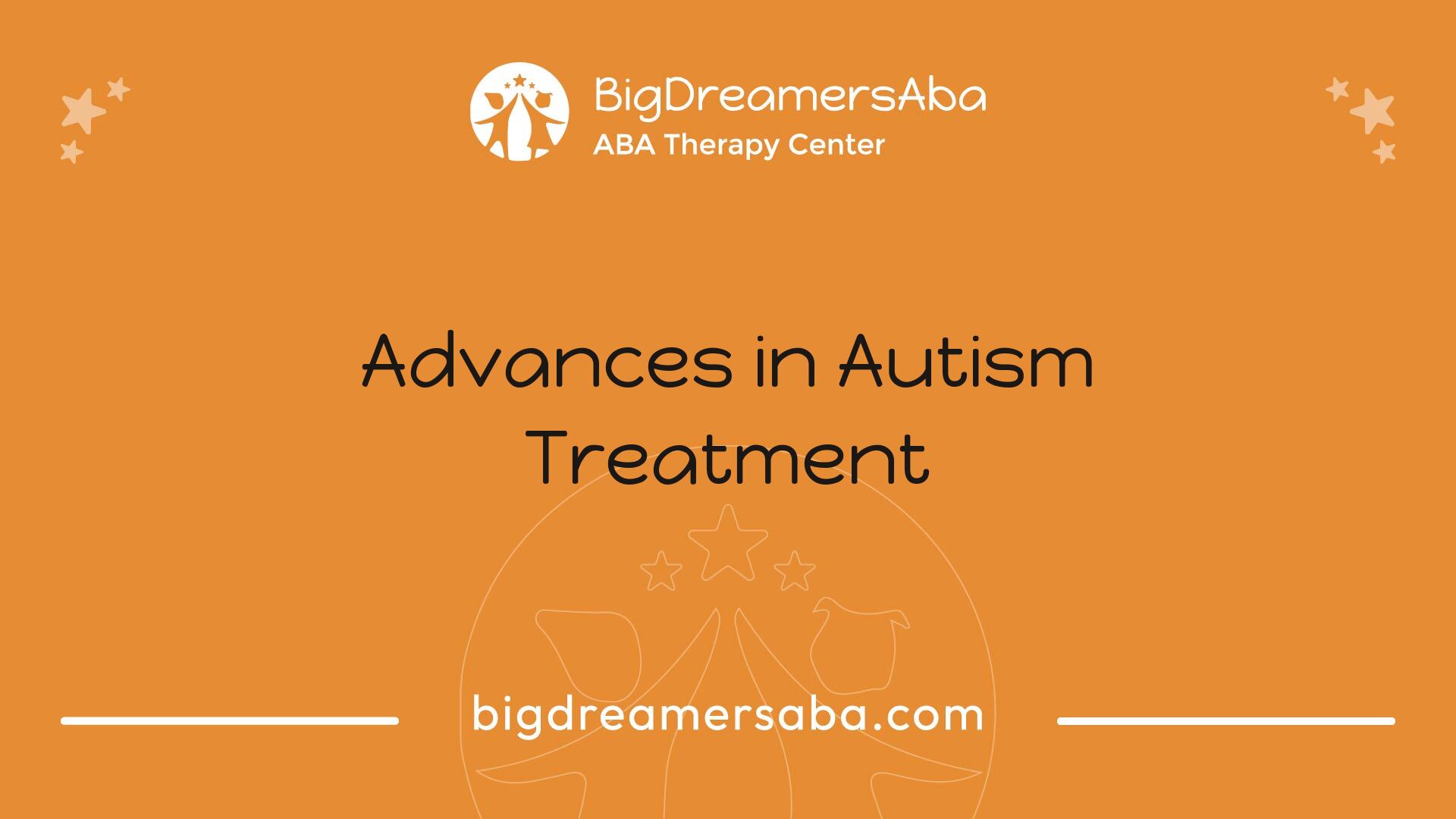Can Autism Be Cured or Managed?
Explore the question: can autism be cured? Discover treatments, therapies, and management strategies in-depth.


Understanding Autism Spectrum Disorder
Autism Spectrum Disorder (ASD) represents a complex range of developmental conditions characterized by challenges in social interaction, communication, and the presence of repetitive behaviors. Understanding ASD is crucial for families, educators, and medical professionals to provide appropriate support and interventions.
Definition of ASD
ASD is a neurodevelopmental disorder that affects individuals in various ways. It encompasses a wide spectrum, which means that symptoms and severity can vary significantly from one person to another. While some individuals may require substantial support, others may function independently. Due to this diversity, ASD is classified as a spectrum disorder.
Characteristics of ASD
Individuals with ASD often exhibit a range of behaviors and characteristics that can affect their daily life. Below are some common traits associated with autism:
CharacteristicDescriptionSocial Interaction ChallengesDifficulty in understanding social cues and forming relationships.Communication IssuesDelays in speech development or challenges in verbal and non-verbal communication.Repetitive BehaviorsEngaging in repetitive movements or actions, such as hand-flapping or rocking.Restricted InterestsFocused and intense interests in specific topics or activities.Sensory SensitivitiesOverreacting or underreacting to sensory input, such as sounds, lights, or textures.
These characteristics can lead to various challenges in learning and communication, affecting overall quality of life [1]. Treatment and support cannot cure ASD, as outlined by multiple health organizations. The aim is to maximize functioning and enhance quality of life by reducing symptoms and facilitating development.
Exploring the question of whether autism can be cured leads to an understanding that there is currently no known cure for ASD [2]. Instead, advancements in treatment focus on improving individual skills and coping strategies. For those interested in further discussions on managing challenges related to autism, information can be found in related articles, such as those on accommodations for students with autism and head banging autism.
Advances in Autism Treatment

The quest to improve the lives of individuals with Autism Spectrum Disorder (ASD) has led to significant advancements in treatment options. Among these advancements are breakthroughs in genetic research and the development of targeted therapies.
Genetic Research and CRISPR-Cas9
Recent developments in genetic research, particularly through the CRISPR-Cas9 technology, have opened new pathways for understanding and potentially treating ASD. This technology allows scientists to edit genes, offering the possibility of correcting genetic mutations associated with autism. Research has shown that specific genes contribute to increased ASD risk, detectable in up to 25% of cases [1].
CRISPR-Cas9 not only helps pinpoint genetic factors involved in autism but also enables scientists to explore therapeutic interventions that could address these biological underpinnings. As research continues, the hope is to develop targeted treatments that can mitigate the effects of these genetic risks.
AspectDetailsTechnologyCRISPR-Cas9Potential ContributionEditing genes linked to increased ASD riskRisk Factor DetectionUp to 25% of ASD cases are associated with identifiable genetic mutations
Targeted Therapies for ASD
Targeted therapies are designed to improve specific challenges associated with ASD, such as social interaction, language skills, and overall quality of life. These therapies focus on understanding the underlying biology of autism, including its genetic conditions, such as fragile X syndrome.
Ongoing research is focusing on identifying medications that can improve the quality of life for individuals with ASD. For example, approved medications like risperidone and aripiprazole are being used to help manage irritability and agitation among individuals on the spectrum. Additionally, addressing comorbid conditions such as ADHD can significantly improve learning and daily functioning in children with autism.
More experimental treatments are also in the pipeline, including trials investigating the effects of oxytocin, a hormone that plays a crucial role in social bonding. Results from these studies are anticipated in the coming year.
In summary, the advancements in genetic research and targeted therapies represent significant progress in the ongoing discussion of whether autism can be cured or managed. These breakthroughs offer hope for improved treatments and enhanced quality of life for those affected by ASD.
Promising Treatments for Autism

Research into effective treatments for autism spectrum disorder (ASD) is ongoing, with new therapies being developed to help manage its symptoms. Two promising treatments currently under investigation are Nirsevimab drug therapy and Balovaptan oxytocin modulation.
Nirsevimab Drug Therapy
Nirsevimab is a medication that has shown potential in the treatment of autism. This drug works by modulating the concentration of cell division proteins in the brain. Initial studies suggest that Nirsevimab contributes to improvements in social communication, cognitive abilities, and repetitive behaviors, particularly in pediatric patients with severe autism [1].
Research indicates the following effects of Nirsevimab:
EffectDescriptionSocial CommunicationModest improvements reported in social interactionsCognitive AbilitiesEnhanced cognitive performance observedRepetitive BehaviorsReduction in severity of repetitive behaviors
While these effects are promising, it is important to note that ongoing research is necessary to fully understand the long-term efficacy and safety of Nirsevimab as a treatment for autism. Further data could clarify its role in managing symptoms of ASD.
Balovaptan Oxytocin Modulation
Balovaptan is another notable treatment that targets oxytocin receptors in the brain. This drug has shown potential to improve social interactions by approximately 15% compared to a placebo. Additionally, it has enhanced the ability to recognize emotional faces in individuals with autism and has demonstrated improvements in repetitive behaviors [1].
Below is a summary of Balovaptan's effects:
EffectDescriptionSocial InteractionImprovement in social engagementEmotional RecognitionEnhanced ability to identify emotional expressionsRepetitive BehaviorsReduction noted in the frequency of repetitive actions
Balovaptan's ability to impact critical social skills makes it a promising candidate in the quest for effective autism treatments. Similar to Nirsevimab, Balovaptan represents a step forward in understanding how pharmaceutical interventions can ameliorate specific ASD symptoms, even though they cannot cure the disorder.
In exploring these promising treatments, it's essential to consider that medications can aid in managing symptoms like anxiety and self-harming tendencies. However, these treatments should be regarded as tools to improve quality of life, rather than solutions that eliminate autism altogether [4]. The combination of medication, behavioral therapies, and support systems continues to be vital in addressing the complexities of ASD.
Alternative Therapies for ASD
Alternative therapies for Autism Spectrum Disorder (ASD) are gaining attention as potential constituents of a comprehensive management plan. Among these are pressure chamber therapy and the exploration of environmental factors.
Pressure Chamber Therapy
Pressure chamber therapy, also known as hyperbaric oxygen therapy, has shown promising results in enhancing social skills and improving brain function in individuals with autism. This therapy utilizes oxygen enrichment to enhance the body’s ability to heal and function optimally. Studies have indicated that pressure chamber therapy may reduce neuroinflammation, boost brain function, and improve social behavior, particularly in animal models with autism [1].
OutcomesPotential BenefitsSocial SkillsImproved interaction and communication abilitiesBrain FunctionEnhanced cognitive capabilitiesNeuroinflammationReduced inflammation in the brain
While results are promising, it is essential to approach this therapy with caution and consult healthcare professionals before considering its application for someone with ASD.
Environmental Factors
Researchers are increasingly exploring how environmental factors influence the onset and development of autism. Factors such as prenatal exposure to certain substances, dietary influences, and overall environment may interact with genetics and potentially increase the risk of autism. This area of research focuses on prevention, making it an important consideration for families and healthcare providers.
Environmental FactorsPotential Impact on ASDPrenatal ExposureChemicals, medications, or toxinsDietary InfluencesNutritional imbalances and additivesOverall EnvironmentQuality of living and exposure to stress
Identifying and modifying adverse environmental factors could help mitigate risks associated with autism. However, more research is necessary to establish definitive connections and recommendations.
In considering alternative therapies, it is essential to keep in mind that while they may offer benefits, there is currently no medically recognized cure for autism. Ongoing dialogue with healthcare professionals is critical for individuals exploring these options. For more insights on managing symptoms and treatment approaches, refer to sections on managing symptoms of autism and behavioral and developmental therapy.
Managing Symptoms of Autism
When addressing the question of whether can autism be cured?, it is essential to focus on managing the symptoms effectively. Various strategies, including behavioral and developmental therapies as well as pharmacological approaches, play a vital role in this process.
Behavioral and Developmental Therapy
Behavioral and developmental therapies are widely recognized for their effectiveness in helping individuals with Autism Spectrum Disorder (ASD) adapt to various settings and improve communication skills. Early intervention through these therapies can significantly enhance an autistic child's ability to interact with the world around them [4].
The following table outlines key behavioral and developmental therapies commonly used for managing ASD symptoms:
Therapy TypeDescriptionApplied Behavior Analysis (ABA)Evidence-based approach focusing on behavior modification through positive reinforcement.Speech and Language TherapyAims to improve understanding and use of speech, facilitating both verbal and non-verbal communication [5].Occupational TherapyTeaches skills to enhance independence in daily living activities, such as dressing and eating.
Two specific ABA strategies include Discrete Trial Training (DTT) and Pivotal Response Training (PRT). These methods allow therapists to track and measure progress effectively, adjusting techniques based on the individual's needs.
Medication and Behavioral Approaches
Pharmaceutical treatments can also be integral in managing ASD symptoms. These medications are often prescribed to alleviate behavioral issues such as irritability, aggression, and self-injurious behavior. When these challenging behaviors are reduced, complementary treatments, like ABA, may become more effective.
It is crucial for medications to be prescribed and monitored by qualified physicians to ensure safety and efficacy. Below is a table summarizing common medications used in behavioral management for autism:
Medication ClassCommon UsesAntipsychoticsHelp reduce irritability and aggressionSelective Serotonin Reuptake Inhibitors (SSRIs)Alleviate anxiety and depression symptoms
Combining both behavioral therapies and medication often provides a holistic approach to managing symptoms of autism, allowing individuals to lead more fulfilling lives and fostering their development in social and communication skills. For more insights into support strategies, check out our article on accommodations for students with autism.
Early Intervention and Diagnosis
Benefits of Early Diagnosis
Early diagnosis of Autism Spectrum Disorder (ASD) is crucial as it provides numerous advantages for children and families. According to research, early intervention during the preschool years can assist autistic children in adapting to various settings, developing communication, and enhancing their social skills [4].
Some of the key benefits of early diagnosis include:
In summary, early diagnosis coupled with intervention can lead to the best possible prognosis for children with ASD. Children with ASD or even a suspected diagnosis can experience significant improvements when intervention starts at least two years before the school age [6].
Screening and Diagnostic Tools
Accurate screening and diagnostic tools are essential for identifying Autism Spectrum Disorder early. Various methods are utilized to assess children for ASD, including:
Screening ToolPurposeAge GroupM-CHAT (Modified Checklist for Autism in Toddlers)Identifies risk of ASD16-30 monthsADOS (Autism Diagnostic Observation Schedule)Structured assessment for ASD symptomsAll agesCARS (Childhood Autism Rating Scale)Evaluates behavior and communication2 years and olderASD-ES (Autism Spectrum Disorder Evaluation Scale)Assesses social and communication involvementAll ages
These screening tools play a significant role in diagnosing ASD promptly, leading to improved outcomes through early intervention. However, it is important to recognize that early diagnosis may pose some risks, such as labeling and stigmatization, and may require comprehensive assessments by multidisciplinary teams.
References
[2]:
[3]:
[4]:
[5]:
[6]:
[7]:
[8]:
Recent articles

Experts Describe Kennedy’s Plan to Identify Autism’s Cause as Unrealistic

How to Understand and Manage Aggressive Behaviors in Autism
